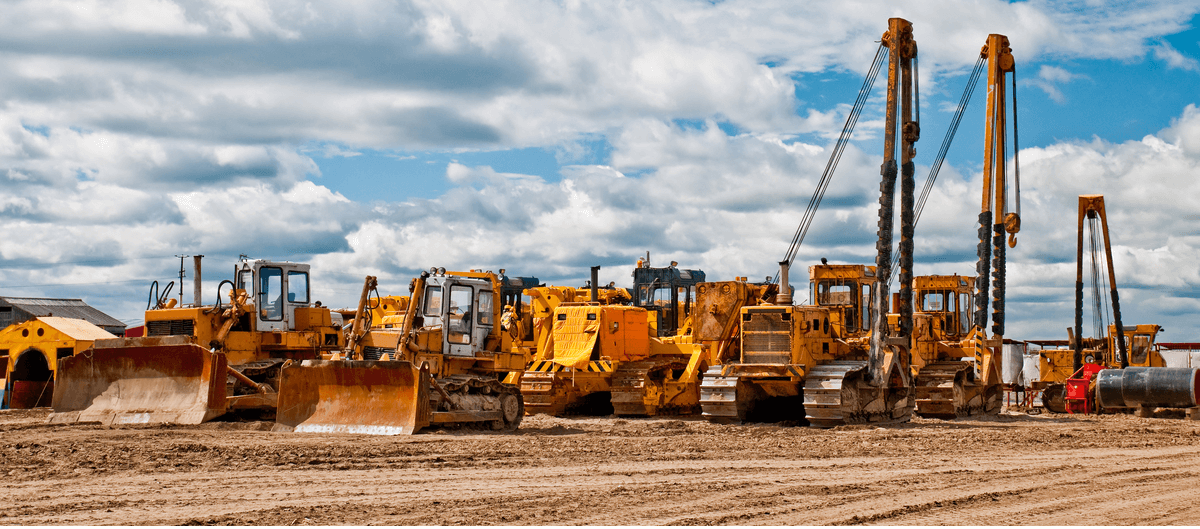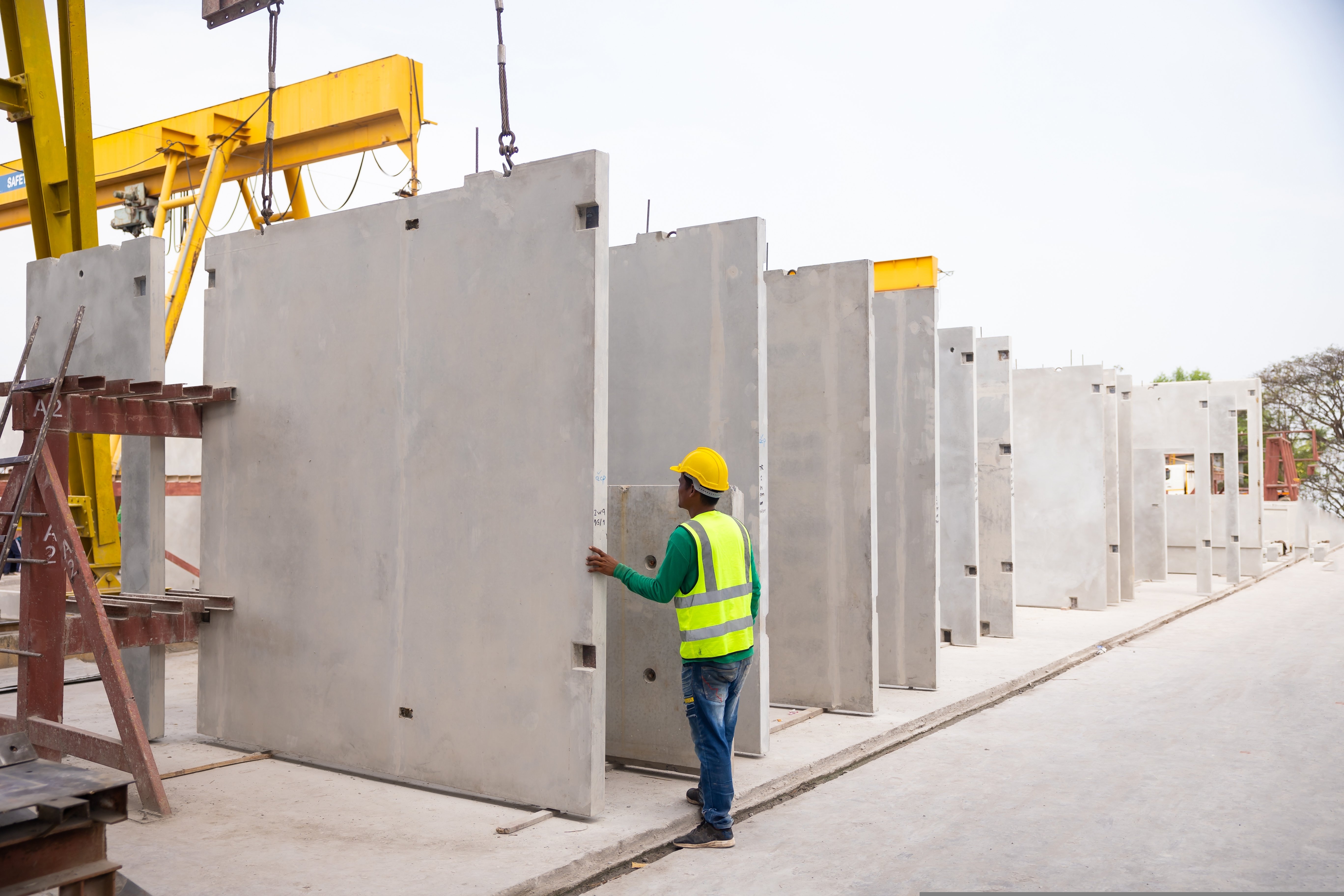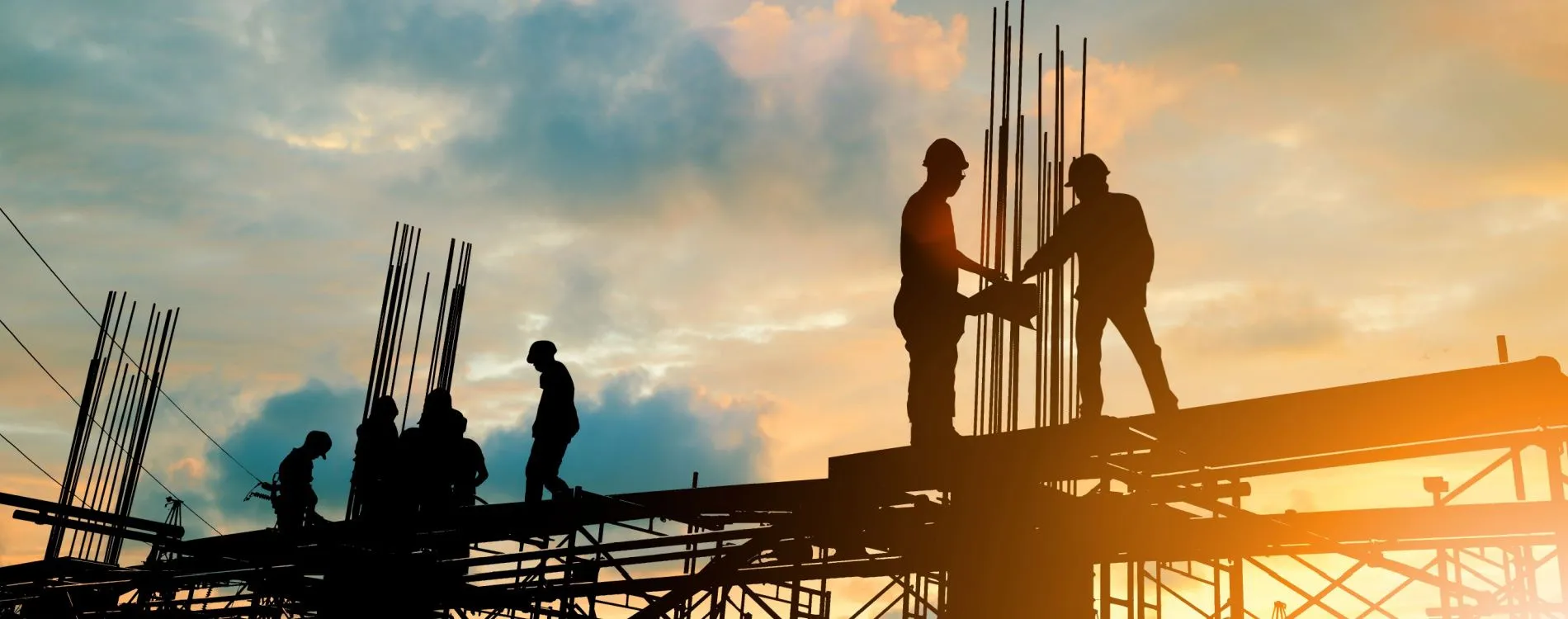Local Law 26 of 2004 established many retroactive requirements for office buildings and other business occupancies above certain height thresholds. Some requirements focused on relatively simple upgrades for exit signs and their backup power supplies, with short-term deadlines for 2006 and 2007. However, one requirement was particularly demanding: office buildings and other business occupancies at least 100 feet tall must be fully protected by a sprinkler system.
Given the technical difficulty of this task, a 15-year deadline was established for July 1, 2019. However, now the deadline has passed and installing sprinklers for a large building is a time-consuming project. If your property is covered by LL26 and you have not installed sprinklers yet, it is likely that you already received a violation notice from the NYC Department of Buildings. If this is your case, you are subject to quarterly fines and you should start the compliance proccess as soon as possible.
If you have received and LL26 violation notice, the following are the most likely causes:
| LL26 VIOLATION CAUSE | COST OF COMPLIANCE |
| 1) The building has automatic sprinklers and drawings were filed, but you missed the LL26 form. | $ |
| 2) The building has automatic sprinklers, but the drawings and LL26 form were not filed. | $$ |
| 3) The building does not have a compliant sprinkler system. You need to design, install and file the system. | $$$$ |
Step 1: Does the Law Affect Your Property?
If your property is over 100 feet tall and classified as a business occupancy, you must meet LL26. The tricky part is that occupancy groups have been modified since LL26 was published, and the business occupancy designation changed from Group E to Group B (Group E is now Education). LL26 applies for your property it falls under Group E according to the classification that applied when Local Law 26 was published.
To be 100% sure whether you must meet LL26 or not, there is no substitute for a professional opinion. If your property is not covered by the law, you can forget about it at this point. Otherwise, read on for the rest of the procedure. In any case, automatic sprinklers are among the best fire protection measures for buildings, and they are also recommended for buildings not covered by LL26.
Step 2: Is Your Property Already Compliant?
Perhaps your property meets the conditions to be covered by LL26, but it already has a compliant sprinkler system. If this is the case no installation work is needed, but there may still be documentation requirements to meet. A New York State licensed architect or engineer must file a report certifying that your property already meets LL26.
If you are not the first owner of the building, and you occupied it after LL26 was published, perhaps the previous owner already filed the report. In this case there is nothing left to do: your building is fully compliant and with the respective documentation.
Step 3: Determine the Work Required in Non-Compliant Buildings
If your building is not compliant with LL26, the next step is to determine where you stand. Fire protection requirements in NYC are among the most demanding in the world, and projects must meet NYC Construction codes and National Fire Protection Association (NFPA) standards.
Before proceeding with the project, you need an approved sprinkler system design and a work permit. However, a qualified engineering firm can help you with both: keep in mind that only Registered Design Professional can sign design documents and submit paperwork for the NYC Department of Buildings. At some point in the process you have to get in touch with a Licensed Master Plumber (LMP) or Licensed Fire Suppression Contractor (LFSC), since only they can get work permits for projects of this type.
Keep in mind that this step may take several months in a large building. Even if you are working with experts, they must carry out a detailed assessment of your property to draft construction documents and design specifications. This process can take a long time in a large building.
Looking for Local Law 26 (LL26)?
Step 4: Sprinkler System Installation
Once you have an approved design and a work permit, your contractor of choice will proceed with system installation. Ideally, the designers should also be the project supervisors, since they are the best reference for clarifications regarding design documents. Depending on when the project is completed, there may be additional documentation requirements to meet.
Step 5: Filing Your Automatic Sprinkler System
After the installation is completed, the automatic sprinkler system must be filed with the NYC DOB. This includes as-built drawings and the LL26 compliance form. The best way to ensure a correct filing procedure is by getting in touch with a qualified engineering firm like New York Engineers. We can also help you speed up the project design and approval to start the installation as soon as possible.







